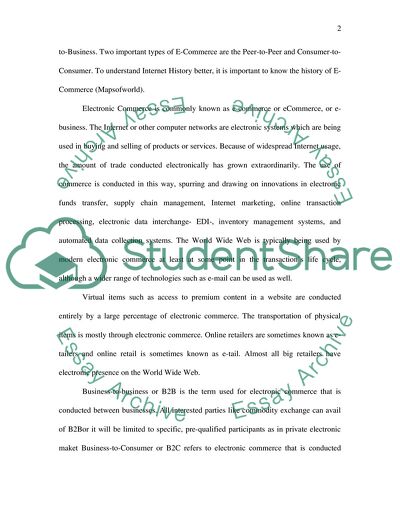Cite this document
(History of E-Commerce Research Paper Example | Topics and Well Written Essays - 1500 words, n.d.)
History of E-Commerce Research Paper Example | Topics and Well Written Essays - 1500 words. Retrieved from https://studentshare.org/e-commerce/1745150-any-topic-related-to-the-history-of-e-commerce
History of E-Commerce Research Paper Example | Topics and Well Written Essays - 1500 words. Retrieved from https://studentshare.org/e-commerce/1745150-any-topic-related-to-the-history-of-e-commerce
(History of E-Commerce Research Paper Example | Topics and Well Written Essays - 1500 Words)
History of E-Commerce Research Paper Example | Topics and Well Written Essays - 1500 Words. https://studentshare.org/e-commerce/1745150-any-topic-related-to-the-history-of-e-commerce.
History of E-Commerce Research Paper Example | Topics and Well Written Essays - 1500 Words. https://studentshare.org/e-commerce/1745150-any-topic-related-to-the-history-of-e-commerce.
“History of E-Commerce Research Paper Example | Topics and Well Written Essays - 1500 Words”, n.d. https://studentshare.org/e-commerce/1745150-any-topic-related-to-the-history-of-e-commerce.


